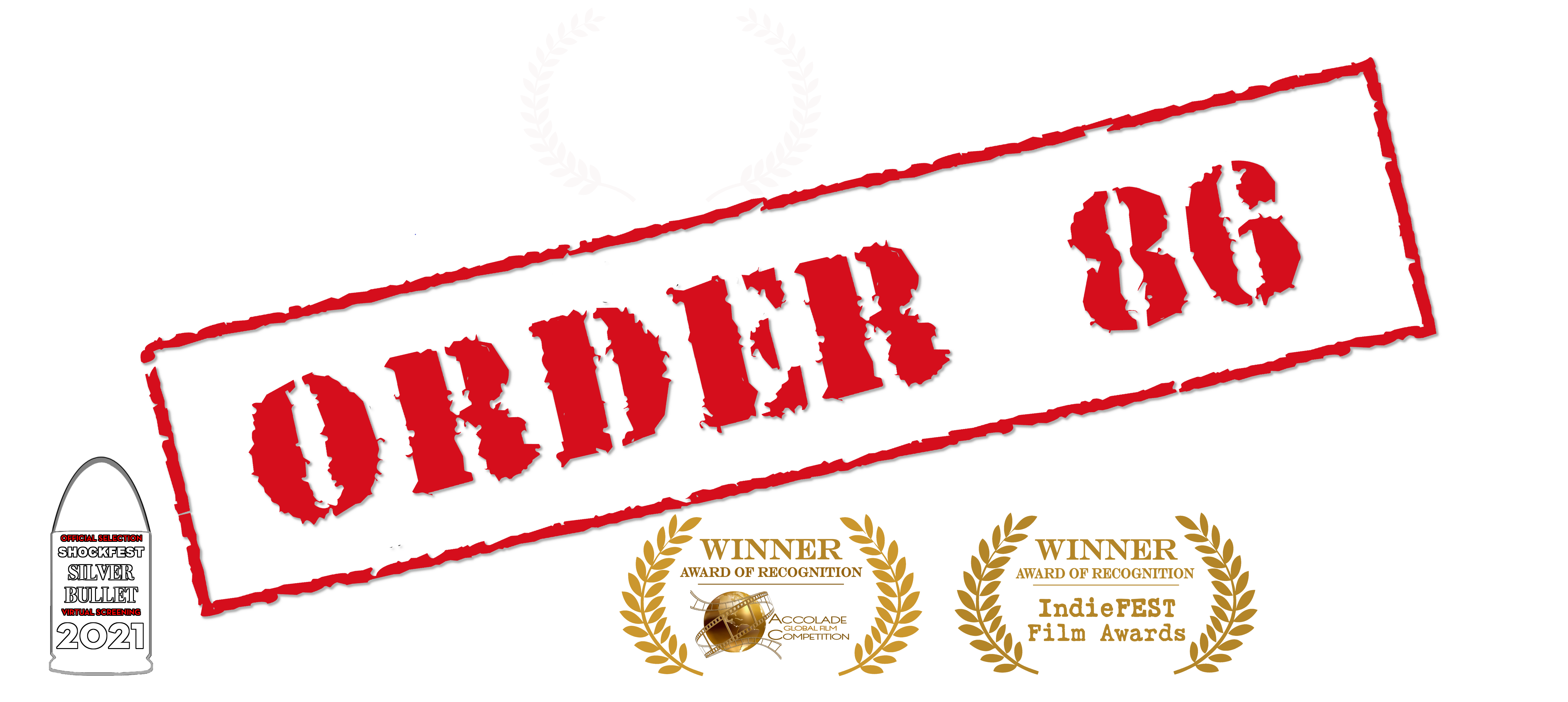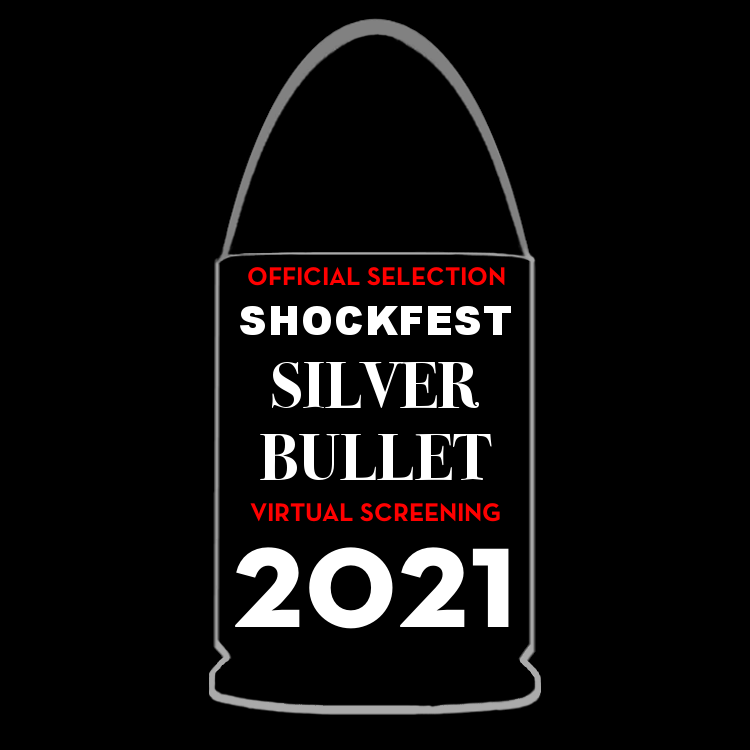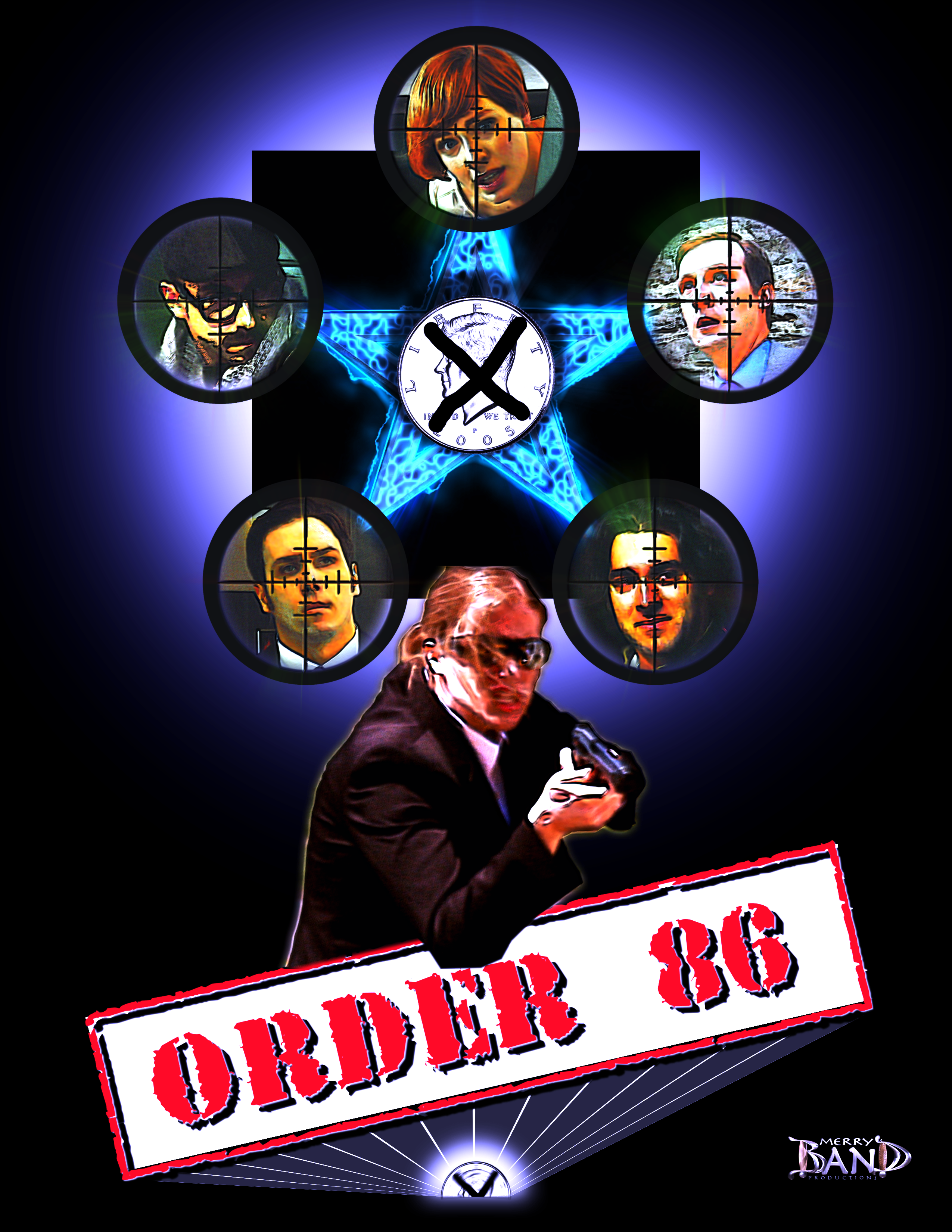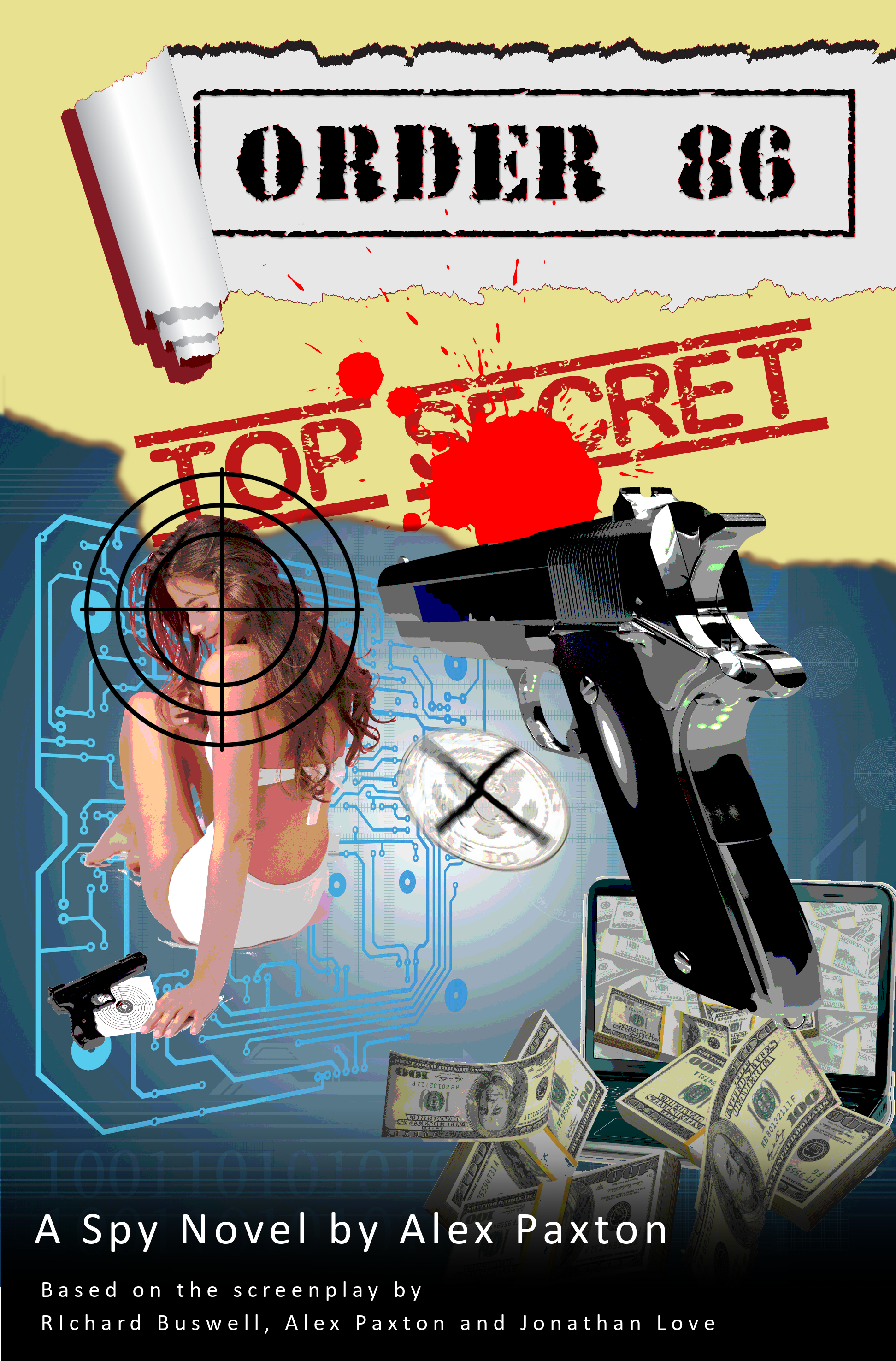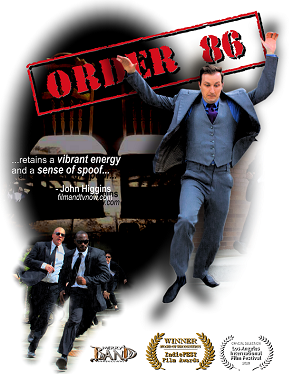(Photos by Micah Husereaux)
It all started in the back room of our favorite coffee shop. Alex Paxton and I sat down to make a movie we wanted to see. Hollywood was repeatedly inundating us with remakes, sequels and cookie-cutter “universe” movies. They had big budgets, big explosions and big special effects. And yet, they were ultimately unsatisfying. Despite the big budgets and talent at their disposal, these movies basically sucked. I tended to walk out thinking, “Well, that happened.” It wasn't that the movies were bad, it was that they lacked creativity. Movies made by people who don't understand what makes movies work, and who are afraid to take risks with their investment. Catering to the latest trends based on surveys rather focusing on what audiences really want.
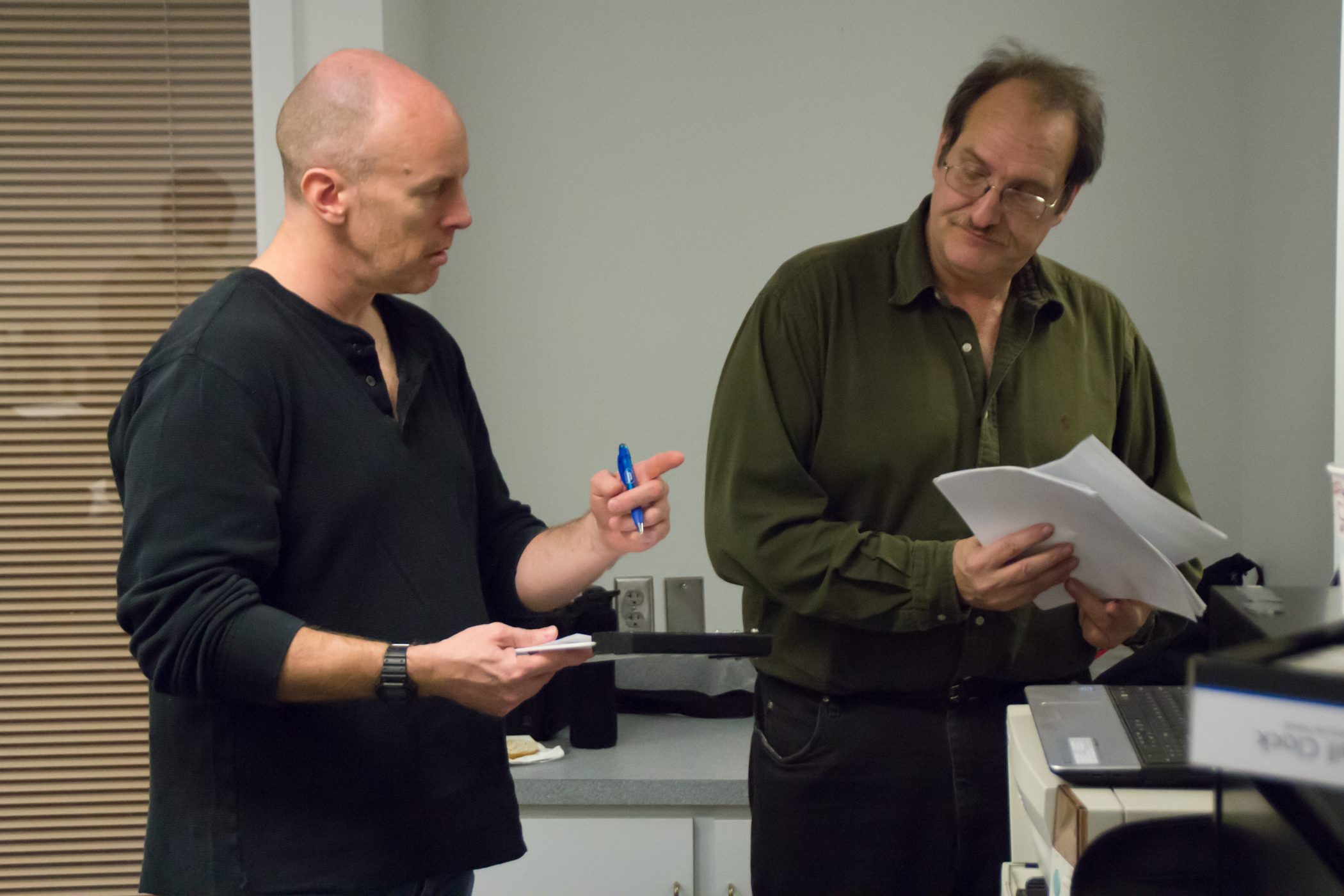 |
| Alex Paxton and Richard Buswell discussing the day's shoot. |
So we sat down and outlined a movie that focused on characters that exhibit qualities common to all of humanity, not just a subset. A plot that took directions that defied the normal tropes of most films. Because we had no budget for grand special effects, we focused on the individual characters and their motivations to push the film forward.
One year after our outlining session, we let the story percolate in our heads. Then one day, I asked for a copy of the outline to re-read, and in a single day wrote a 68 page script and turned it over to Alex, who responded, “It's great. When are you going to write the ending?” So the two of us spent three months reworking and rewriting the script. I added a new twist to the ending, which I readily admitted might be a “twist to far.” Alex agreed, but I stubbornly insisted it could work, and eventually managed to alter the script so that the new ending was successfully integrated into the rest of the story.
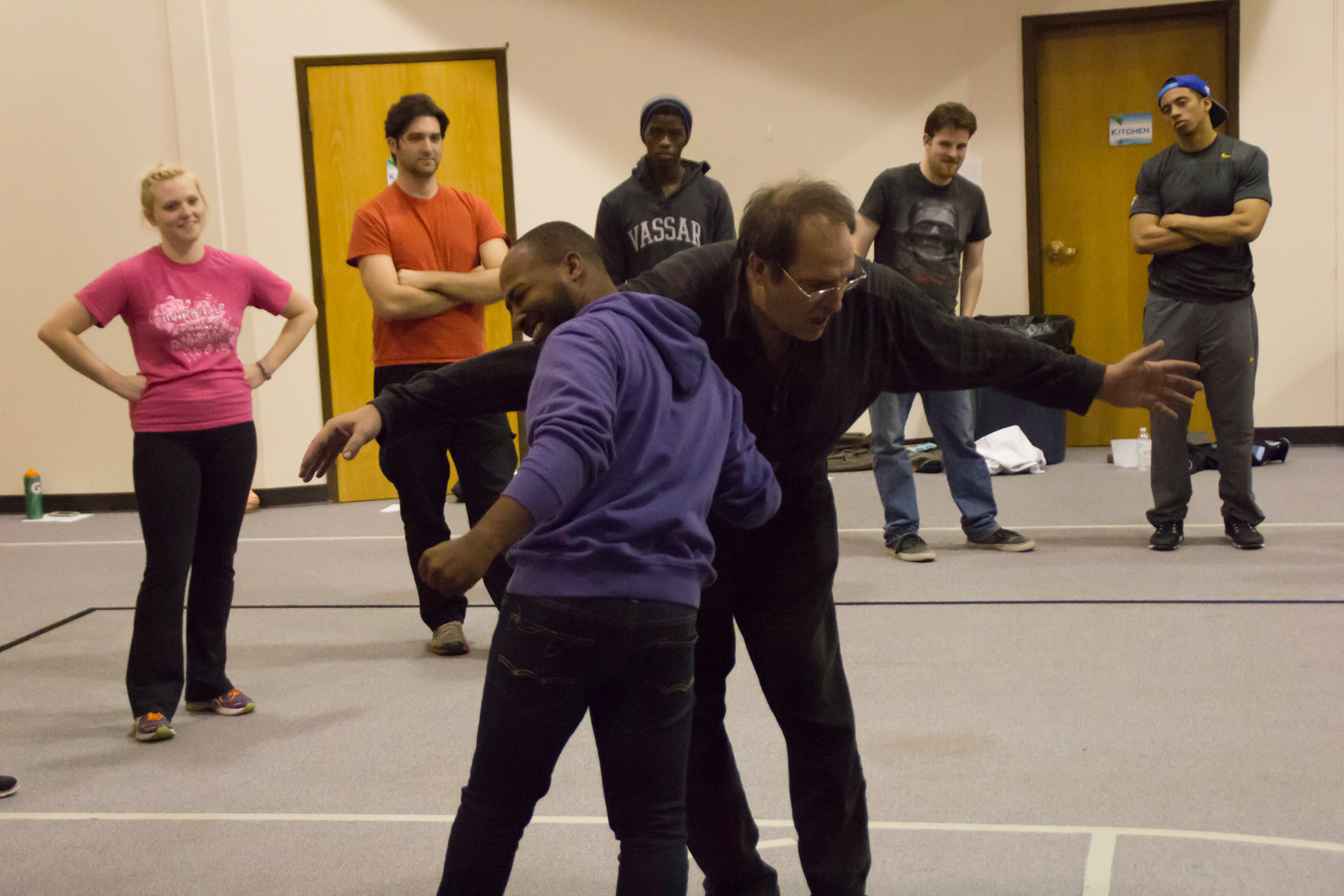 |
|
Richard Buswell teaching fight techniques on Day 1 of stunt training. |
How was the script written? Well, I read the original outline, envisioned the opening scene, and wrote it down so as not to forget it. Once that was accomplished I had ideas for how the scene could continue, so twenty minutes later, I sat back down and wrote out my ideas. When I painted a character into a corner, I assumed they would get out of it somehow, and continued on with the story. While writing, I would think of a way out of the corner and wrote a flashback scene explaining how the escape was accomplished, and continue on with the story. Once I ran out of ideas, I stopped writing. Four hours later, I was back at my laptop writing the rest of the story.
One technique I used to make the story original was to ask myself, “What would Hollywood do?” When the plot or a character came to a crossroads, which path would Hollywood take? If Hollywood turned left, I turned right. But doing the exact opposite of Hollywood's version would make the film predictable. So, at random intervals, if Hollywood turned left, I also turned left. This process made the script unpredictable. I have watched too many movies and guessed the ending based entirely on who made it, rather than clues within the film itself.
In an attempt to break from our own personal biases, we brought in Jonathan Love to workshop the script further and make suggestions using an alternative perspective. Finally, the script was ready for production.
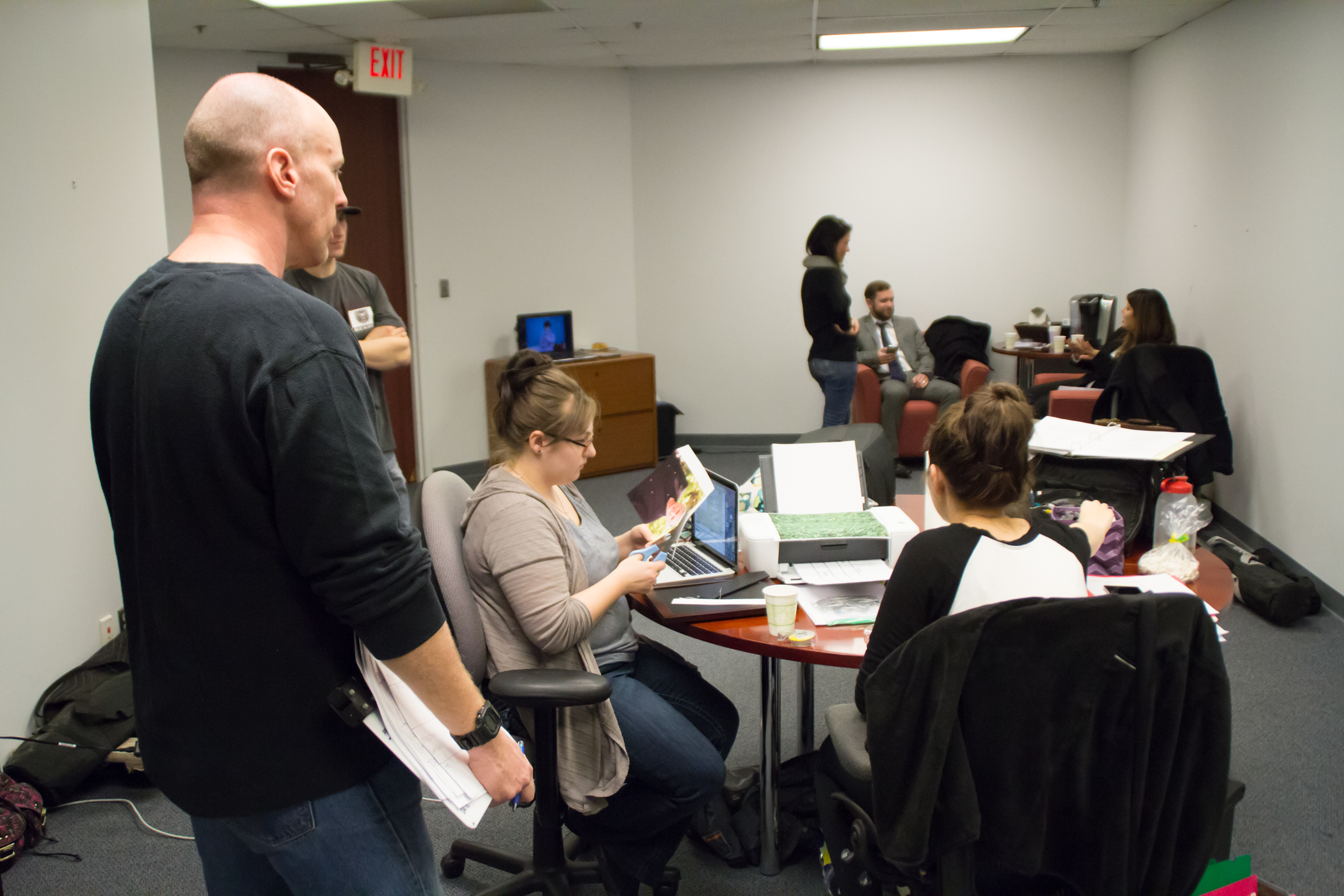 |
|
Alex Paxton overseeing operations on Day 1 |
Attempts to organize filming in the fall failed for a variety of reasons. It wasn't until the following summer that the film production was finally underway. 27 shooting days later, with the help of 150 cast and crew members, principle photography was finally completed. The cast was amazing. Naturally, it was not smooth sailing, personalities came into conflict, tensions sometimes ran high, and patience was stretched to the breaking point, but such is the glamorous world of independent, low budget film making. For some of the details, you will need to watch the extras on the DVD/Blu-ray.
Finally it was in post-production. Due to limited funding, I took on the majority of the post-production process. CGI was used to correct problems, which required a learning curve to complete. Sound needed to be edited, which required another learning curve to be overcome.. Color correction and color matching needed to be applied with, you guessed it, another learning curve. Post-production was further delayed due to the death of my father. A test screening was attempted to further refine the film. Thankfully, Josh Williams was hired to create original music, which took several months of collaboration to complete.
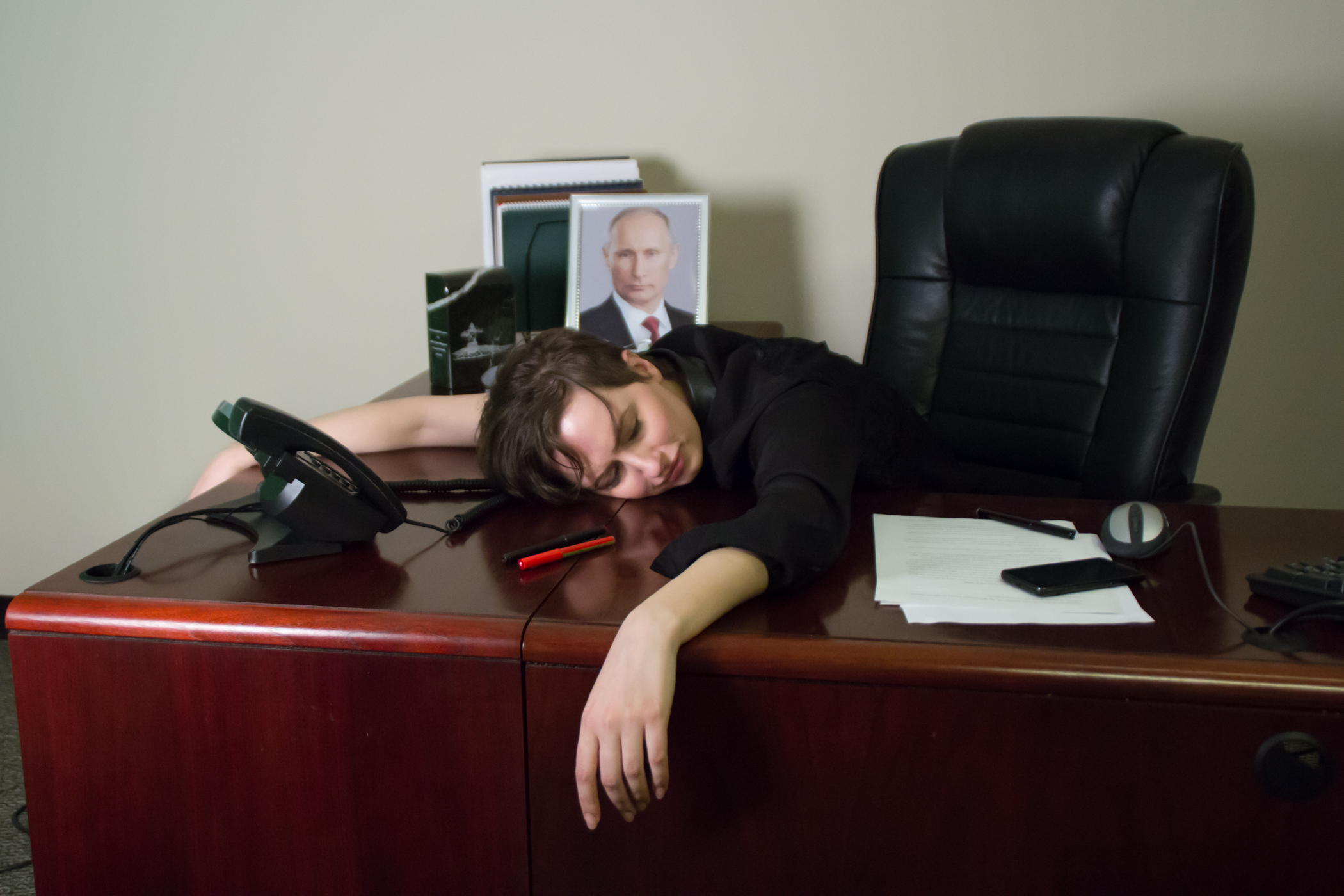 |
|
An exhausting day for Russian Intelligence |
Another test screening was held with key crew members in attendance to critique the film. Boy, was it critiqued. After another six months of changes and re-cutting, the film was finally ready to send on the film festival circuit.
And then there came the pandemic. Suddenly, the normal outlets for obtaining a distribution were no longer functioning properly.
And we are in the next learning curve, how to distribute an independent film on your own. The original plan was to show the film at film festivals to attract a distributor, who would be able to take over the marketing and distribution. Without the festival circuit, suddenly, marketing and distribution were placed firmly in our hands.
We made a movie that is more creative than the standard Hollywood fare, and, more importantly, doesn't suck. It isn't likely to be a major blockbuster, or even a cult hit, but it doesn't have to be. Our purpose in making this film was to make a cheap Roger Corman style film that would be entertaining and profitable. We would like to make enough money from this film to pay the cast and crew at union scale rates, with enough left over to fund the next film.
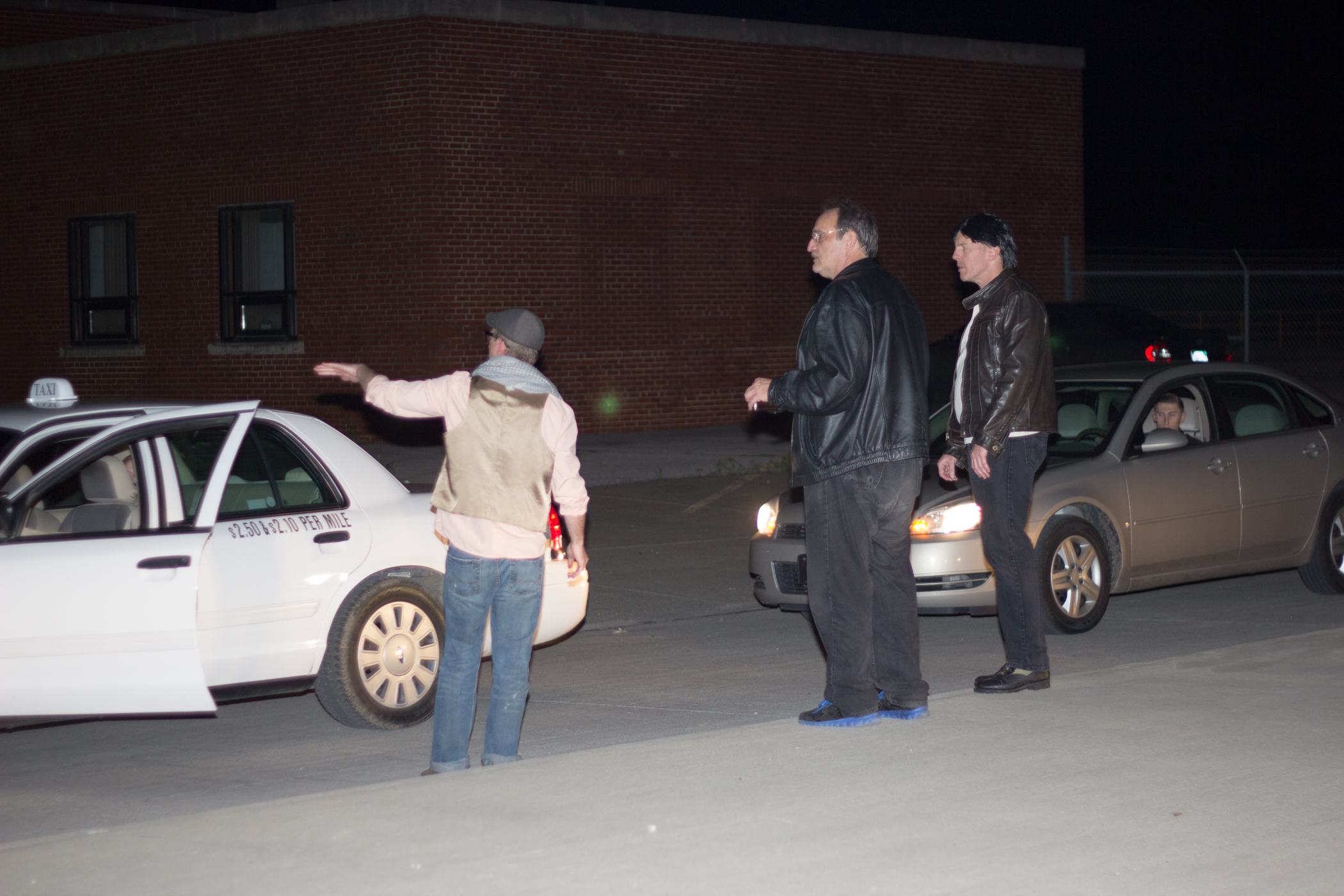 |
|
Prepping for the car chase scene. |
The producers of Merry BanD Productions believe that in a filmscape beset by multi-billion dollar flops, expecting a highly creative low-budget thriller to bring in just a few million dollars isn't too great of an ask. If you are looking for flashy special effects and big explosions, then this movie won't satisfy you. But if you want characters you can relate to and invest yourselves in, if you want a plot that will constantly keep you guessing up to the very end, then this is one you should watch.
Hollywood seems determined to make movies that a lot of people hate (not all, but too many). We are determined to break that trend, and it begins with Order 86.
